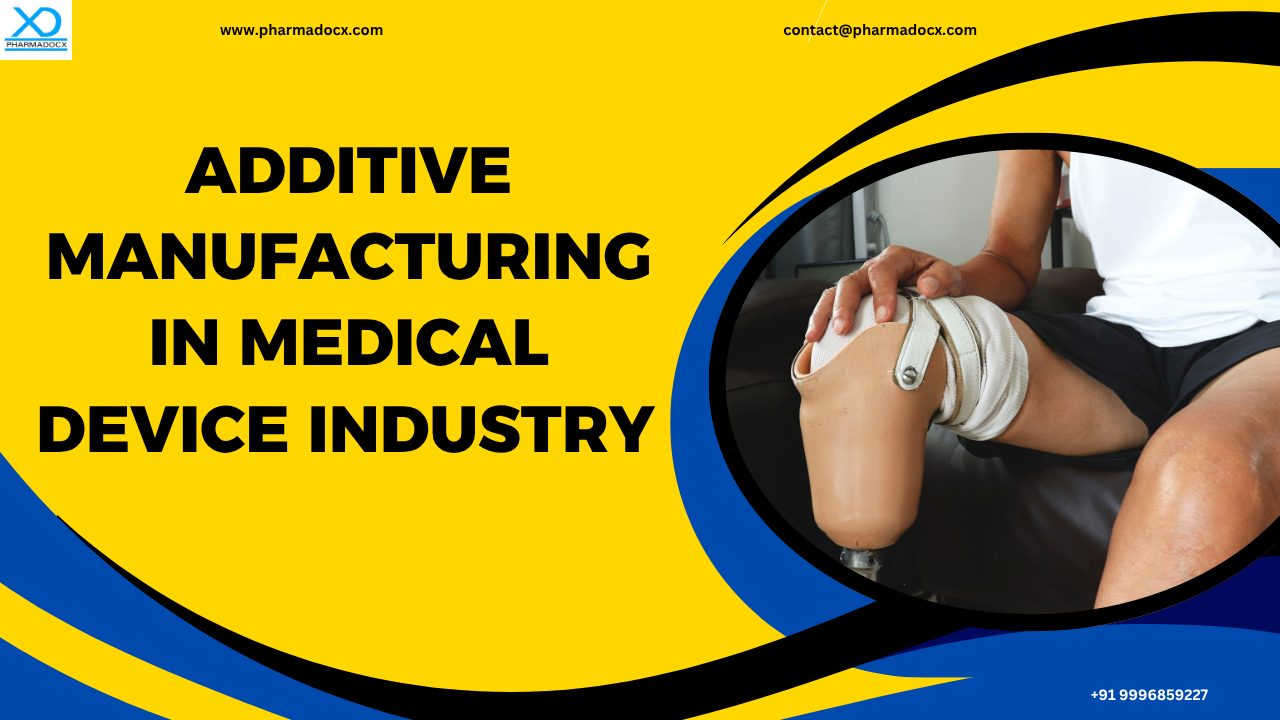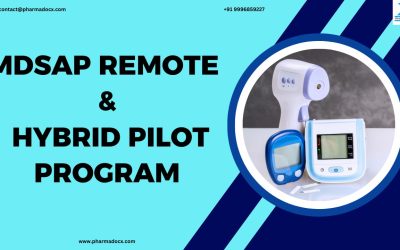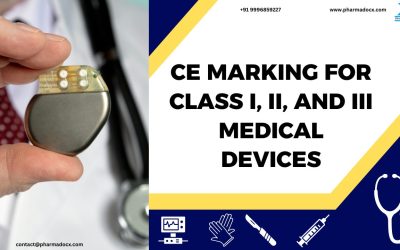Additive manufacturing is revolutionizing the medical device manufacturing industry. It can be used to create complex, customized, and patient-specific products at unprecedented speed and precision. Additive manufacturing is opening new possibilities for medical device manufacturers. It can be used to design and manufacture complex implants as well as streamline production workflows. In this blog, we will discuss the benefits of additive manufacturing in medical device industry.
What Is additive manufacturing?
Additive manufacturing (AM) is a process that builds objects layer by layer from digital 3D models. It directly creates the product with shorter production cycles, less material waste, and more design freedom. Unlike subtractive methods (e.g., machining), AM adds material only where needed, using technologies such as:
- Stereolithography (SLA)
- Selective Laser Sintering (SLS)
- Fused Deposition Modeling (FDM)
- Electron Beam Melting (EBM)
- Direct Metal Laser Sintering (DMLS)
Each method uses different materials, such as polymers, metals, ceramics. The material is chosen based on the device’s intended use, biocompatibility, and mechanical requirements.
What is additive manufacturing in medical device manufacturing industry?
Additive manufacturing is the use of 3D printing technologies to design, prototype, and produce medical devices, components, and tools with high precision and customization. Additive manufacturing in medical device industry is transforming how medical devices are conceived, manufactured, and delivered, especially in patient-specific applications.
Common application of additive manufacturing in medical device industry
- Implants: Custom orthopedic, dental, and cranial implants that match patient anatomy
- Prosthetics: Lightweight, personalized limb prostheses with improved comfort and function
- Surgical tools: Patient-specific guides, jigs, and instruments for precision surgery
- Anatomical models: 3D-printed organs and tissues for surgical planning and medical education
- Wearable devices: Custom braces, hearing aids, and drug delivery systems
Benefits of additive manufacturing for medical device manufacturers
Additive manufacturing in medical device industry offers transformative benefits for medical device manufacturers. It enables innovation, efficiency, and competitive advantage across the product lifecycle. Here’s a detailed breakdown of the key benefits:
- Customization and personalization: Customization and personalization is the biggest advantage of additive manufacturing in medical device industry. It can be used for the production of patient-specific devices, such as implants, prosthetics, and surgical guides, tailored to individual anatomy using CT/MRI data. This level of customization improves clinical outcomes, patient comfort, and device performance.
- Design freedom and complexity: AM supports complex geometries, such as lattice structures, internal channels, and porous surfaces that are difficult or impossible with traditional manufacturing.These features enhance osseointegration, reduce weight, and improve biomechanical compatibility.
- Accelerated product development: Rapid prototyping allows for faster design iterations, reducing time-to-market. Engineers can test and refine designs quickly, improving innovation cycles and responsiveness to clinical feedback.
- Cost efficiency for low-volume production: Eliminates the need for expensive tooling, molds, and dies. Ideal for low-volume or niche products, such as rare disease devices or pediatric implants, where traditional methods are cost-prohibitive.
- Supply chain resilience: Additive manufacturing in medical device industry supports on-demand, localized production, thereby reducing reliance on global supply chains. This is especially valuable during disruptions like pandemics or geopolitical instability.
- Material efficiency and sustainability: AM uses only the material needed, minimizing waste. Recyclable powders and reduced energy consumption contribute to sustainable manufacturing practices.
- Innovation in biomaterials: Recent advancements in additive manufacturing allow manufacturers to use biocompatible metals (titanium, cobalt-chrome), polymers, and even bioinks with living cells for tissue engineering. This is boosting the production of next-generation medical devices.
- Enhanced testing and simulation: Simulation tools enable virtual testing of device performance before physical production. AM improves regulatory readiness and reduces the risk of design flaws
Global regulatory requirement for additive manufacturing
We have provided an overview of the global regulatory requirement for additive manufacturing in medical device industry.
- FDA (USA): Guidance on technical considerations for AM devices has been formulated. Focus is on design, materials, and validation.
- EU MDR: CE marking requires conformity assessment. AM-specific risks must be addressed in the technical file.
- Health Canada: AM devices must meet ISO 13485 guidelines and demonstrate safety, effectiveness, and traceability
- CDSCO (India): CDSCO guidelines require clear documentation of manufacturing process and risk mitigation for custom devices
For detailed device-specific requirements for medical devices manufactured using additive manufacturing, feel free to contact us.
Regulatory considerations for additive manufacturing in medical device industry
Regulatory considerations for additive manufacturing in medical device industry are evolving rapidly to address the unique risks and opportunities posed by this technology.
- Design controls and digital traceability: AM relies heavily on CAD files, which must be version-controlled and validated. Regulators expect robust digital traceability from design input to final product, including build orientation, layer thickness, and post-processing parameters.
- Material characterization: AM materials (e.g., metal powders, polymers) require thorough biocompatibility testing, especially when reused. Manufacturers must document sourcing, storage, and reuse protocols to mitigate contamination risks.
- Process validation: AM introduces variability in build orientation, support structures, and thermal gradients. Hence, validation must cover layer bonding and mechanical integrity, post-processing steps (e.g., heat treatment, surface finishing), and dimensional accuracy and repeatability.
- Inspection and quality assurance: Internal geometries and porous structures challenge traditional inspection methods. Use of CT scanning, digital twins, and simulation tools is encouraged to verify internal features and performance.
- Labeling and unique device identification (UDI): AM devices may require custom labeling to reflect patient-specific attributes. UDI systems must accommodate batch-level traceability and digital records.
- Risk management and ISO 14971 requirement: Risk assessments must be device-specific, covering both design and manufacturing risks.AM-specific risks include build failures, material inconsistencies, and post-processing defects.
- Documentation and audit readiness: Documents have to be prepared per regulatory guidelines. Audit teams should be trained on AM-specific controls and inspection techniques. Regulatory submissions must include process flow diagrams, validation protocols, inspection records, and change control logs among other necessary regulatory documentations.
8 challenges of using additive manufacturing in medical device industry
Additive manufacturing has immense potential in the medical device industry. However, it also introduces a unique set of challenges for manufacturers. We have presented some of the challenges medical device manufacturers may face by using additive manufacturing.
- Regulatory uncertainty: AM-specific regulatory guidelines are still evolving across regions (FDA, EU MDR, CDSCO, etc.). Manufacturers must interpret and apply non-standardized requirements for design controls, validation, and labeling. Patient-specific devices complicate conformity assessment and clinical evaluation pathways.
- Material traceability and biocompatibility: Contamination risks and batch variability pose challenges for material control. Ensuring consistent biocompatibility across builds requires rigorous testing and documentation.
- Process validation complexity: AM involves multiple variables: build orientation, support structures, thermal gradients, and post-processing. Validating these parameters for repeatability and reliability is more complex than traditional methods.
- Inspection and quality assurance: Internal geometries and porous structures are difficult to inspect using conventional methods. Manufacturers must invest in advanced inspection tools, such as CT scanning and digital twins, to verify product integrity.
- Design and engineering expertise: AM demands a shift in design thinking. Engineers must master generative design, lattice optimization, and simulation tools. Lack of in-house expertise can slow adoption and increase error rates.
- Integration with legacy systems: AM workflows often clash with traditional ERP, MES, and QMS systems. Seamless integration requires digital transformation, which can be costly and disruptive.
- Production speed and scalability: AM is slower than injection molding or CNC machining for high-volume production. Scaling up while maintaining quality and compliance is a major hurdle.
- Cost and ROI Justification: High upfront investment in AM equipment, software, and training is required. ROI depends on volume, customization needs, and regulatory success, which is not guaranteed for all product types.
Pharmadocx Consultants: Your trusted regulatory consultant
Navigating the regulatory requirements for additive manufacturing in medical device industry is challenging. With the support of regulatory consultants, this can be an easy task. Our team of experts will be more than happy to help. Simply drop an email at [email protected] or call/Whatsapp on 9996859227 to launch your additive medical device manufacturing business per regulatory guidelines.





